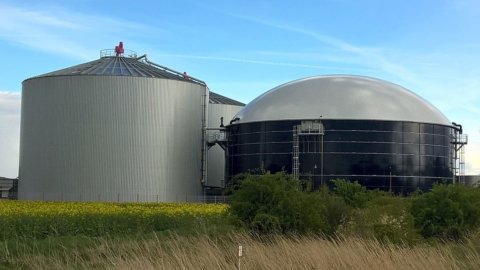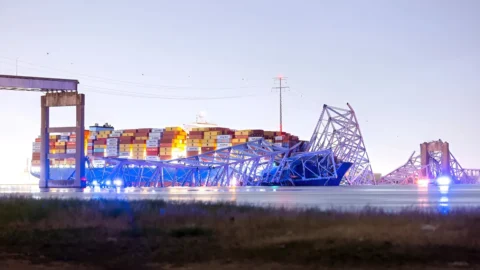It is the new markets rather than state subsidies that are pushing for gas produced in agriculture. Agri-food as a new frontier of environmentally friendly agricultural production is now part of global system of climate neutrality. At the G20 on agriculture in Florence, the topic was taken up several times, but a test confined to the Italian situation is that of the next week in Rome with the new edition of Biogas Italy 2021.
The title "Green Possible. New energies for new markets” it tells us the road we need to take to try to grow what turns into a valuable energy source in the fields. There will be two days of analyzes and debates organized by the CIB – Italian Biogas Consortium – to understand if the goals of the PNRR can be achieved and how. The main road has actually already been mapped out and enriched with 1,92 billion euros of European funds to be spent in the coming years. Certain times, therefore, to be exploited.
The recent controversies on the energy consumed by Italians have neglected this virtuous energy cycle. Yet among the gases to be distributed through pipelines, biogas is the product of processes downstream of the many agricultural activities. As with other energy or agricultural organisations, for Italy it is a question of strengthening the system so that it becomes to all intents and purposes a local microcosm in support of the ecological transition. For Piero Gattoni, President of the CIB “ This edition of Biogas Italy is part of a particular moment of national planning. The PNRR with the program of system reforms connected to it, represents a fundamental tool for concretely implementing the ecological transition process ».
The economic value chain is what we have come to know in recent years as a contribution to the climate crisis, soil protection and biodiversity. The challenge on the new markets will be won thanks to the integration and/or transformation of biogas and biomethane plants on farms. Overcoming, let us remember, even some opposition to the construction of new structures.
The Farming for Future project is the large container of 10 actionsu which Cib aims to create a synthesis between agriculture and energy. When we talk about new plants we are referring to structures capable of regenerating agricultural waste, by-products, animal husbandry waste which – where they are operational – have made the fortune of hundreds of farms. Hundreds are associated with the CIB which also supported the reasons for the sector in Parliament. The numbers supporting the greater use, on the other hand, indicate a saving in the emission of greenhouse gases into the atmosphere of around 80%.
How sensitive is national and local policy to developing this "home" gas? Farmers expect answers from the two days in Rome without falling into inconclusive controversies. The path of the transition is articulated and also suffers from unexpected passages as we have seen for the solo mention by Cingolani of new generation nuclear power. But two sectors of our economy can walk together and be successful. Strong political actions, after writing the PNRR, would have the merit of lowering the quota of gas imports. An energy carrier that is still very useful to the Italian system.





